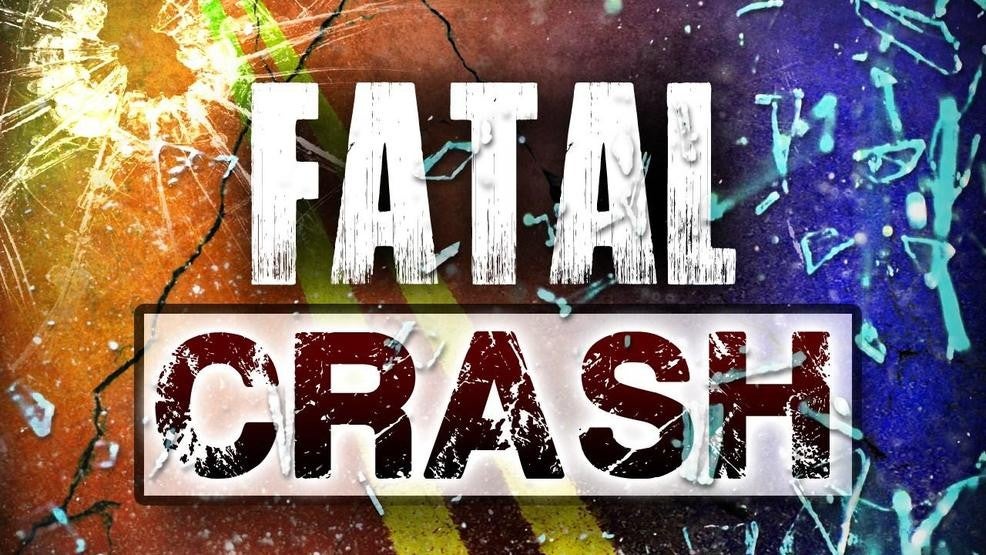Help for Veterans managing anger
Published 10:45 am Thursday, March 23, 2023
|
Getting your Trinity Audio player ready...
|
Behavior is learned. So, is it possible to unlearn a behavior, such as anger outbursts? According to the U.S. Department of Health and Human Services, it is possible.
“Anger isn’t a one size fits all emotion,” said TJ Garrard, veteran of Operation Iraqi Freedom 2009-2010 and citizen of Greenville.
Anger is a feeling all human beings encounter. But, according to the Substance Abuse and Mental Health Services Administration (SAMHSA), anger can become explosive or implosive for veterans .
The SAMHSA center offers an online class in anger management. In its workbook, the organization explains that it is possible to learn more appropriate ways of expressing anger, besides harming oneself or others.
Although the online class may be good, Garrard said, it may not be good for everyone.
Diane Hall with the Veterans Administration in Montgomery agrees.
“I think it’s helpful but not necessarily good,” Hall said.
Effective anger management, the workbook says, involves controlling the escalation of anger by learning assertiveness skills, changing negative and hostile thoughts, or “self-talk” which challenges irrational beliefs and employs a variety of strategies to combat anger.
“Hard work is therapeutic for many,” Garrard said. He also suggests exercise, meditation, and prayer.
Anger is a habit, according to SAMHSA. It is a routine, familiar response to a situation. Persons who respond in the same manner over and over without thinking, develop an unhealthy habit, resulting in negative consequences.
At times, a sensitive issue can surface and trigger a “red flag”. These triggers can easily lead to anger. When completing mundane tasks, like waiting in line, on the phone, and even in traffic, a memory can trigger an outburst of anger. A false or hurtful comment can also trigger anger and the list of triggers can be endless for a veteran suffering from Post-Traumatic Stress Disorder (PTSD).
The SAMHSA workbook teaches people to recognize cues, or warning signs, of their anger so that they will be better able to de-escalate their own anger.
Physical signals are the first thing a person will notice. Realizing how their body responds is important to controlling anger. Paying attention to breathing, heart rate, and a change in body temperature can also help.
Behavioral responses to triggers are also habit forming over time. Clenching the fist and raising the voice are just two prime examples.
Emotional cues are often buried deep inside; fear, jealousy or feeling hurt or disrespected, are all triggers for veterans.
SAMHSA recognizes there are cognitive cues to anger, such as what a person thinks about in response to an event or memory, whether they engage in negative self-talk, or if they entertain images of aggression or revenge.
The SAMHSA workbook recommends using specific strategies that a veteran has in place beforehand. These can include things such as taking a time out from the situation, deep breathing exercises, or stopping the thoughts from getting a foothold inside their head.
“Healthy ways to release anger start by first removing yourself from the situation that causes it,” said Garrard.
Stepping away gives individuals dealing with anger a moment to stop and regroup, much like a sports team calling for a time out. This will teach the person to think instead of reacting first.
The center suggests calling a trusted friend or family member when cues present or even writing in a journal.
Hall believes that veterans getting together to talk to each other about the things that are frustrating them is also helpful.
“Sometimes it’s better to talk with people who have the same issues you do,” said Hall.





